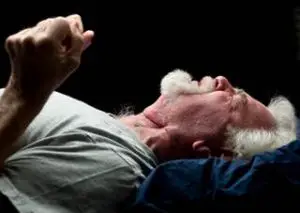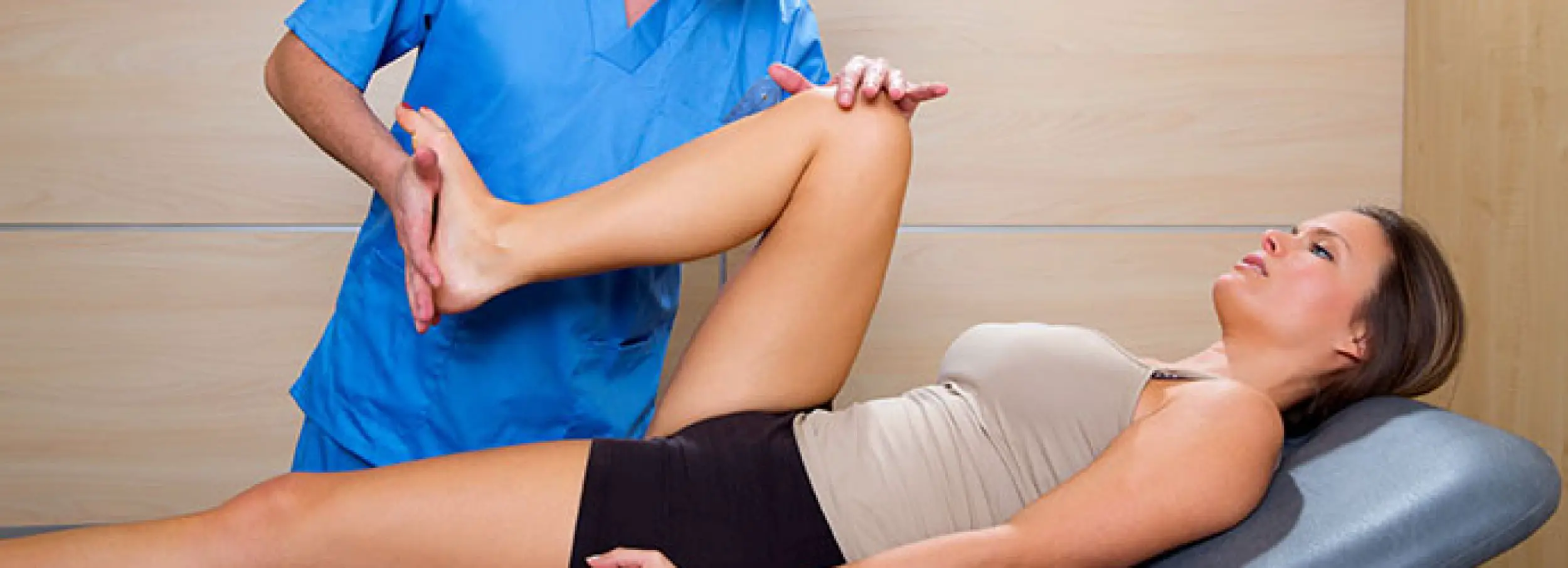Knee pain in old age is a big problem for many…. There is a well-known story of about an old man from the Middle East who suffered many hardships and disasters closes with the assurance that he died “old and satisfied with his time on Earth”.
Apparently he had managed to live to be well over 140 years of age. Sound familiar?
 Another man, also from the Middle East, lived to the ripe old age of 175 years of age. The record says that he “expired and died at a good old age, old and satisfied.” Yes, it is possible for people to live a satisfying life even into their advanced years.
Another man, also from the Middle East, lived to the ripe old age of 175 years of age. The record says that he “expired and died at a good old age, old and satisfied.” Yes, it is possible for people to live a satisfying life even into their advanced years.
Both of these elderly men were known as (Job and Abraham) successfully went through distressing events and yet lived on to be “old and satisfied.”
That old bible story aside……
Of course, part of growing old for them should have meant the fact of undergoing body aches and pains. For example, if you are in your sixties’ or more you are probably facing the challenge of the knee pain.
That debilitating pain in the most prominent joint of the body can make your walking from your bedroom to the kitchen, torture. A common cause of this problem is osteoarthritis, occurring due to wear and tear of the knee joint. The other causes can be inflammatory conditions like rheumatoid arthritis, Viral arthritis, etc. But there is no reason to be hopeless if this is your case.
Research has shown that you can get rid of knee pain (or at least minimizing its effects at significant proportions). Slight to moderate knee pain can often be treated at home without complications. Consider taking the following steps:
- Lose weight: the first factor for considering is how much of your body weight is affecting your knees. Obesity is not possible for those with the burden of pain in the knees. But, this is not part of a short time solution. There are some things to evaluate before start a diet or similar.
- Exercise more: it is true, the uncomfortable pain you may suffer can take your life to a standstill. According to studies, exercise reduced knee pain and helped participants move around more easily. The benefits from following a safe and sound routine of exercises are compared to those from non-steroidal anti-inflammatory drugs (better known as NSAIDs).
- Injections: this option for pain relief has demonstrated to be effective in alleviating pain.
- Anti-Inflammatory drugs: if you need immediate relief, painkillers available in drugstores can help. In case of no relief from these, a prescription for anti-inflammatory drugs may alleviate pain. Keep in mind, though, that these drugs do carry a risk of side effects, hence should not be used for a long time.
- Physical and occupation therapy: Even though this option is related to exercise, there are important Occupational therapy can be of great help in case of trouble with performing daily activities. Physical therapy, on the other hand, focuses on strengthening the muscles and increasing flexibility in the joint. Occupational therapy helps in performing daily tasks with less pain.
- Alternative therapies: Ayurveda and acupuncture are in this classification because they have been useful in the treatment of knee pain. Ayurvedic treatment involves changes in the diet, lifestyle. It is based on internal medicines that are entirely natural and made of herbs. It also includes therapies and massages such as Tailadhara (pouring of medicated oils), Nhavarakkizhi (massage with bolus of rice boiled in medicated milk) and Ksheeravasthi that help in preventing further degeneration and also assist in strengthening the joints.
Chinese medicine is a treatment that is designed to balance the health of an individual and his or her surroundings. Central to that balance is qi (pronounced chee), which translates as “vital energy” or “life force.” The body has pathways known as meridians and qi flows through them, and it is exchanged with the body’s surroundings. A body is in optimal health when qi is free and balanced. CM treatments include diet, exercises such as T’ai Chi and the Qi Gong breathing, herbal preparations, acupuncture, acupressure massage, and moxibustion. Sometimes it the fluid in the knee can be the problem.
How to stop knee pain at night
 At least, take half an hour before going to bed, get off your feet. Prepare and apply a cold compress or bag of ice to the knee. If you have frozen vegetables available, such as peas, use them in the same way instead of ice. Then, wrap your knee with a compression bandage to prevent swelling or to leak over your bed, but not so tight that it might cut off circulation. While you are laying, keep your foot elevated.
At least, take half an hour before going to bed, get off your feet. Prepare and apply a cold compress or bag of ice to the knee. If you have frozen vegetables available, such as peas, use them in the same way instead of ice. Then, wrap your knee with a compression bandage to prevent swelling or to leak over your bed, but not so tight that it might cut off circulation. While you are laying, keep your foot elevated.
Now let us set this clear: before you attempt to treat your pain at home, you should be aware of complications. If your pain feels moderate to severe and injury caused it, seek medical attention. Some types of knee pain can require surgery or other interventions to resolve.
Even though old age often brings physical challenges, you can take practical steps to enhance your safety and the quality of your life. Indeed, you can strive to maintain reasonable health and strength.
